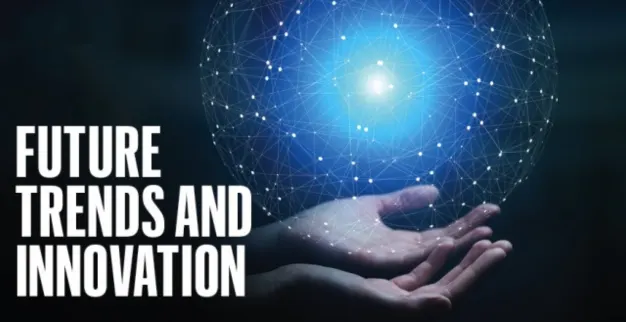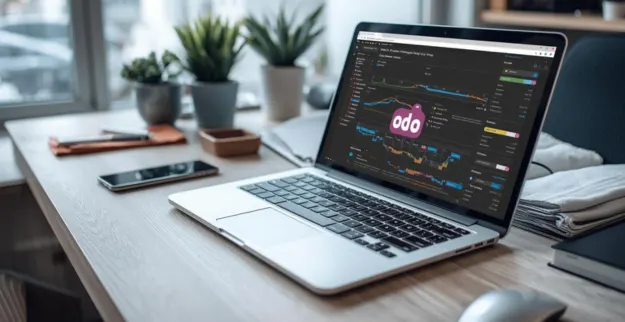The Future of Autopilot: Trends and Innovations
By: Ganesan D
19 Jun 2025
Category: Automation
The Future of Autopilot: Trends and Innovations
As the digital landscape evolves, autopilot technologies—whether in vehicles,
business processes, or software—are becoming more advanced, intelligent, and integrated.
From self-driving cars to automated enterprise systems, here are the top trends and
innovations shaping the future of autopilot.
1. AI-Powered Decision Making
Modern autopilot systems are increasingly leveraging AI and machine learning to make
complex, real-time decisions. In vehicles, this means recognizing traffic patterns,
pedestrians, and road signs. In business, AI-driven autopilots can optimize workflows,
detect anomalies, and personalize customer interactions.
2. Hyper-Automation in Business
Autopilot in enterprise systems is going beyond basic automation. Hyper-automation—the
combination of RPA (Robotic Process Automation), AI, and low-code platforms—is driving
end-to-end process automation. This reduces human error, accelerates operations, and
improves scalability.
3. Autonomous Vehicles & Transportation
Self-driving technology is expanding beyond cars into trucking, delivery drones, and
even ships. With improved sensors, 5G connectivity, and vehicle-to-everything (V2X)
communication, autonomous transport is becoming safer and more efficient.
4. Context-Aware Automation
Next-gen autopilot systems will be context-sensitive, adapting actions based on location,
time, user behavior, and intent. This trend is crucial in both smart homes and customer
service bots that predict needs and respond dynamically.
5. Edge Computing & Real-Time Processing
To reduce latency, many autopilot systems are shifting from cloud-based to edge computing
models. This allows for quicker decision-making directly on devices—critical for real-time
operations in industries like manufacturing, aviation, and autonomous driving.
6. Safety, Ethics & Regulation
With increased adoption comes the need for robust regulatory frameworks, especially in
transportation. Safety standards, ethical programming (e.g., decision-making during
unavoidable accidents), and compliance are central to future development.
7. Integration with IoT Ecosystems
Autopilot functions are increasingly integrated with the Internet of Things (IoT).
Smart environments—from smart factories to connected healthcare—are using autonomous
systems to streamline tasks, monitor performance, and trigger responses automatically.
Final Thoughts
Autopilot systems are no longer just about following a predefined path—they are becoming
intelligent collaborators. Whether managing workflows, navigating roads, or running complex
operations, these innovations point to a future where autonomous systems are intuitive,
proactive, and deeply embedded in our daily lives.



